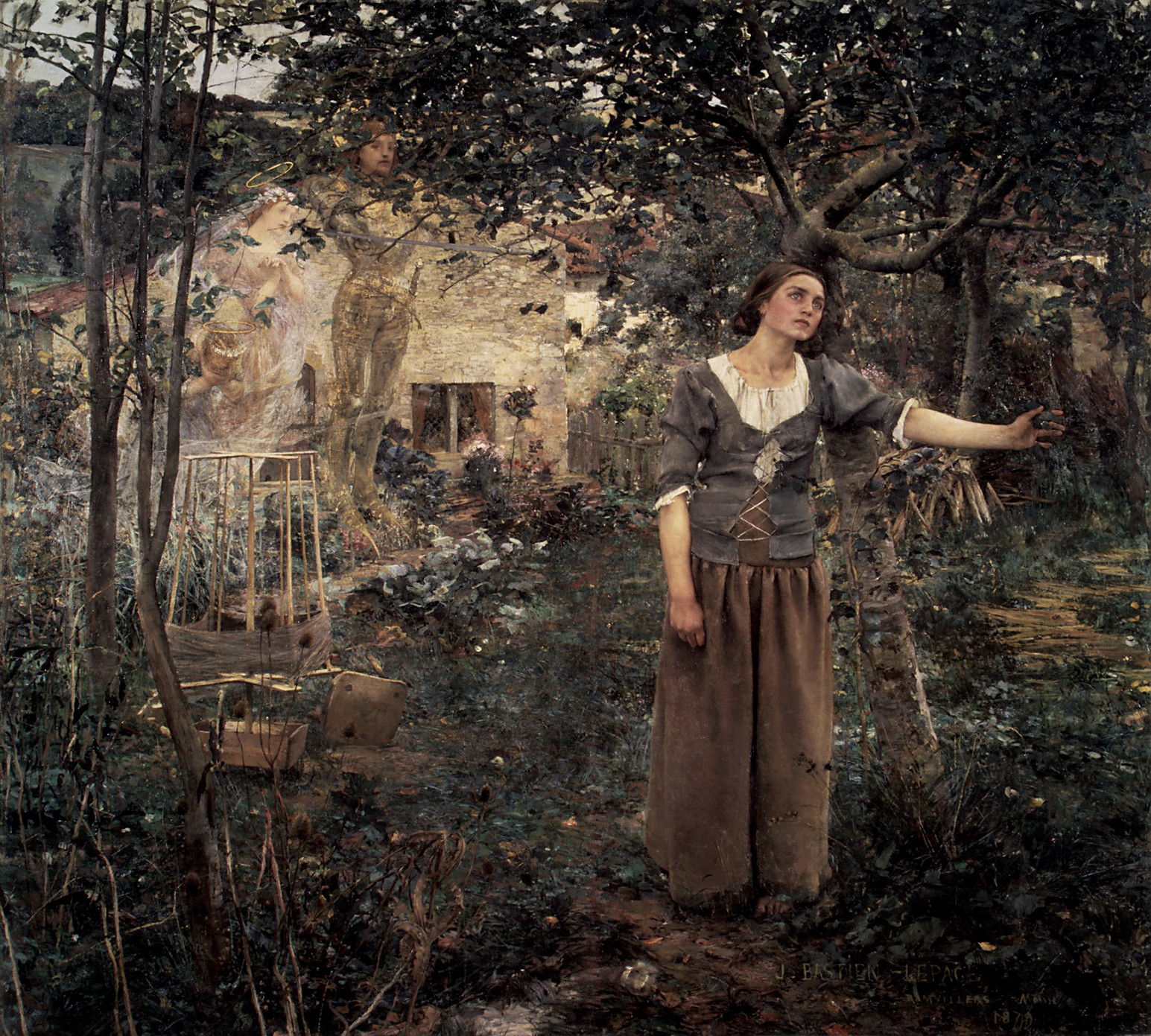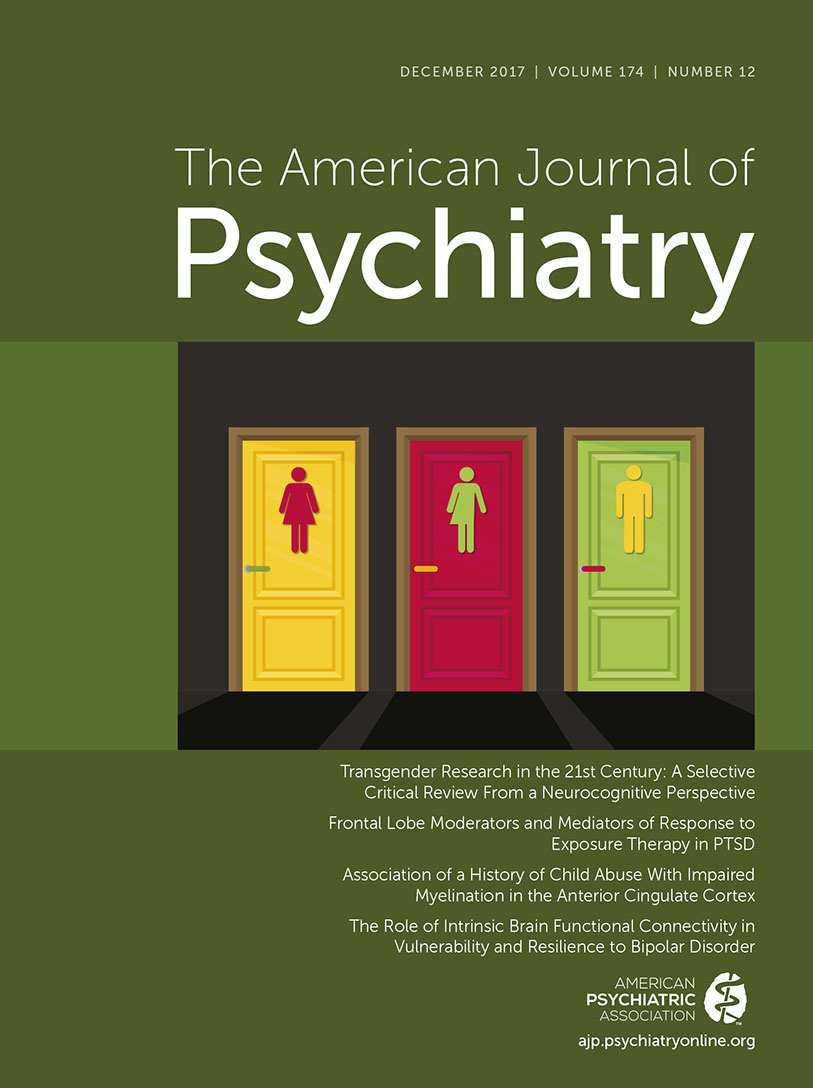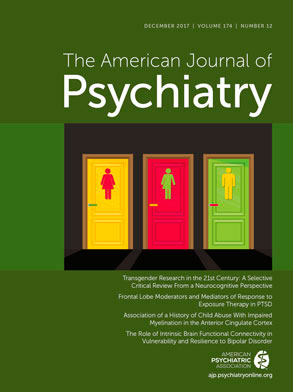Hanging in New York’s Metropolitan Museum of Art, Jules Bastien-Lepage’s painting Joan of Arc captures a viewer’s attention with its photographic quality. Clinicians will be struck by the depiction of a young woman in an altered state of consciousness.
Joan of Arc heard voices that instructed her to end the siege at the city of Orléans and save France from British invaders. In 1431, at age 19, Joan was wounded in battle, captured by allies of the British, tried for heresy, and burned at the stake. Twenty-four years after her condemnation, she was posthumously retried and exonerated (
1).
Remarkably, there are contemporaneous transcripts of both the trial of condemnation and the trial of rehabilitation (
1). Joan speaks to us from the transcripts:
I was thirteen when I had a Voice from God for my help and guidance. The first time that I heard this Voice, I was very much frightened; … I heard this Voice to my right …; rarely do I hear it without its being accompanied also by a light. This light comes from the same side as the Voice….” (
1, p. 10)
In 1879, almost 450 years after Joan’s death, Bastien-Lepage created his version of Joan’s religious inspiration (
2). She stands in her father’s garden. The Saints are speaking to her for the first time. She is transfixed.
This painting is but one interpretation of Joan’s story. Physicians have suggested that she was psychotic, psychopathic, or epileptic (
3,
4). A seizure disorder is most consistent with the historical record, given the episodic nature of Joan’s symptoms, the clarity of her consciousness and thought between episodes, and the reasonableness of her self-defense (
5).
The comfort Joan took from the voices and visions suggests ecstatic auras (
5). Evidence that her hallucinations were triggered by church bells aligns with reflex epilepsy (
5). Did she have a temporal lobe tuberculoma from bovine tuberculosis, a common affliction at that time (
4)? Recent reanalysis of Joan of Arc’s testimony concluded that she likely had autosomal dominant lateral temporal epilepsy or idiopathic partial epilepsy with auditory features (
6,
7).
Not surprisingly, others have raised objections to any medical interpretation of the record. They argue that the trial documents were created for political purposes and represent selective recordings (
8). While we will never be certain about Joan’s diagnosis, transcripts of her testimony, no matter how biased, are remarkably consistent with partial seizures. Even the evolution of personal and cultural meaning in Joan’s hallucinatory experiences is consistent with this diagnosis (
3,
9). It wasn’t until the third time she heard the voices that Joan realized they were the voices of Saints Margaret, Catherine, and Michael (
1). When asked, “Does not Saint Margaret speak English?” Joan’s reply was, “Why should she speak English, when she is not on the English side?” (
1, p. 40).
A neuropsychiatric perspective reminds us that all mental phenomena are within the brain’s repertoire and simultaneously expressive of personal and cultural meaning (
9). In 15th-century France, Joan
knew the voices were from God; this heavenly guidance, along with Joan’s personal talents, catalyzed her courage to break the bounds of expected behavior for young maidens in order to fight for her country.


